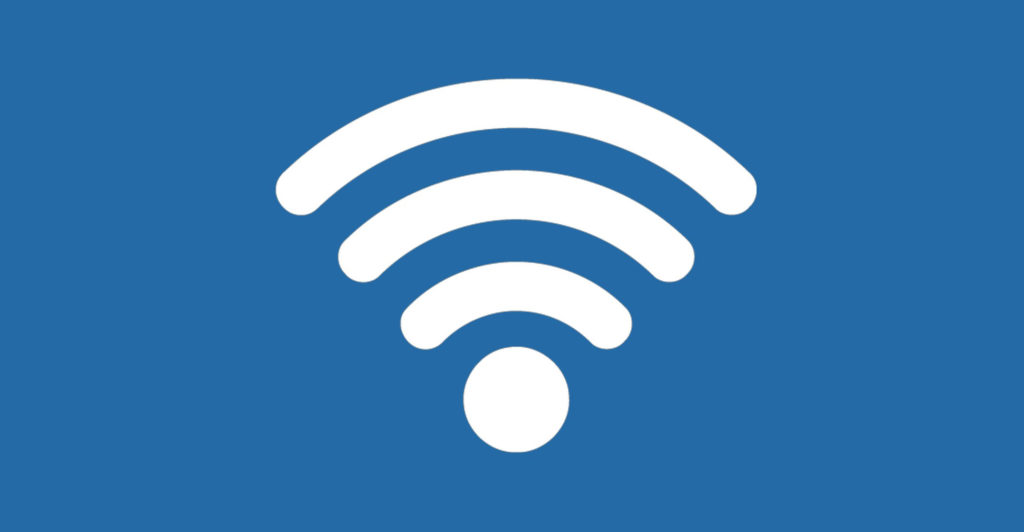 When it comes to wireless networks, some private schools are more advanced than most enterprises.
When it comes to wireless networks, some private schools are more advanced than most enterprises.
The reasons for this are two-fold. First, as traditionally analogue institutions, schools have little, if any, legacy infrastructure to fall back on. They have no choice but to go wireless-first.
Second, schools can’t afford downtime because learning will grind to a halt and because hell hath no fury like a teenager who can’t connect to the Wi-Fi.
To provide an engaging and practical e-learning experience and avoid disrupting the curriculum even more than Covid-19 already has, schools go straight for the enterprise-grade, managed service option when going wireless-first.
Enterprises, on the other hand, take a different approach to Wi-Fi. Seen as a nice to have, most businesses slap a Wi-Fi solution on top of their wired network and hope for the best. Little thought goes into the network design, and few start with a business use case before implementing Wi-Fi.
We’ve helped several private schools adopt a wireless-first strategy. They can teach businesses a thing or two, not just about Wi-Fi but also about customer service and satisfaction.
Before we debunk the myths about wireless-first, let’s draw some parallels between schools and enterprises.
Schools as enterprises
Schools are enterprises, and many of them operate more efficiently than some of the country’s biggest businesses.
Every day, hundreds of “employees” (or learners) connect to the network. The employees are categorised by role or seniority, which means the junior staff (grade 8s) can only access grade-8 content and can’t access grade-12 content. Every year, learners are “promoted” to a higher grade, and their access restrictions change in line with new privileges.
Teachers have “managerial privileges” and can access things like reports (performance appraisals) and performance improvement plans (detention schedules). They can also communicate with the “C-Suite”: the head of department, principal and parents to provide feedback and share insights on a child’s progress.
Weighed down by legacy investments, enterprises push back when we suggest a wireless-first strategy. It’s too expensive, they say. It’s not secure, they proclaim. It’s time to debunk this school of thought.
 Back to school: Debunking wireless-first myths
Back to school: Debunking wireless-first myths
Several myths and misperceptions discourage enterprises from adopting a wireless-first strategy. The top three we hear most often are:
Myth 1: Wired networks are safer
Reality: Wireless-first networks support multifactor authentication and granular access control down to the user level, making it difficult to spoof wireless network users. But anyone can walk into your building, plug in an Ethernet cable, and access your files and data. What’s more, Wi-Fi traffic is encrypted; wired traffic traditionally isn’t.
Myth 2: Wired networks are cheaper
Reality: To connect 800 learners and teachers to the school’s wired network, you’ll need 800 physical connection points. That’s a lot of cabling and hardware to manage and maintain. And if a switch goes down, some learners will be excluded from the lesson. With wireless, a single port and switch can accommodate multiple users. If one access point or switch goes down, another will automatically kick in. As a result, infrastructure costs decrease because there’s less to manage.
Myth 3: Wired networks are more reliable
Reality: Wireless-first networks have fewer moving parts, which simplifies support and management. Managed service providers (MSPs) can troubleshoot, manage access. and scale capacity and bandwidth as traffic volumes and business needs change from a single management domain.
Start with what you want to achieve (hint: it’s not Wi-Fi)
Becoming a wireless-first organisation is not as simple as installing access points and switches. Wi-Fi is simply a tool to help you achieve specific outcomes and create memorable moments for your users.
Start with what you want to achieve beyond stable, reliable connectivity (that’s a given). If you don’t have a particular outcome in mind, find a digital infrastructure and technology partner to advise you and make suggestions.
Establish what you have and what you need
Unlike schools, most businesses have made legacy technology investments and likely already have switches and cables that can be repurposed in their wireless-first strategy.
Any MSP can sell you a Wi-Fi solution. As a result, many businesses end up with a low-end, cheap network setup with performance anxiety. But a digital business infrastructure operations (DBIO) solutions provider like three6five will never implement wireless for the sake of it because we know the unlimited possibilities it will unlock for your organisation.
That’s why we start with a complimentary discovery workshop and an assessment of your current infrastructure. During the workshop, we get to know your business and understand what you want to achieve. We look at where you are, where you need to be, and how technology can support you. Then we’ll propose a high-level conceptual design for your wireless-first strategy.
Tips for choosing the right Wi-Fi partner
If you’re going wireless-first, you need a strategy and a forward-thinking technology partner to execute it. When choosing your partner, look for:
- Experience: Find a partner who can help you make sense of your network demands and map your digital transformation strategies to infrastructure requirements.
- Skills: A DBIO solutions provider can help you achieve your business outcomes with the right mix of digital technologies, expertise, and advanced managed services.
- Solid SLAs: Your MSP’s service-level agreement should guarantee uptime in the region of 99.99%. Downtime and dead spots are not an option.
Cut the cord
Apart from being safer, cheaper and more reliable, a wireless-first strategy offers limitless possibilities when you add things like location-based services, AI, and the Internet of things. Mines, for example, can use biometrics to restrict access to dangerous areas for miners who haven’t completed safety training. Retailers can use AI for automated inventory control. Manufacturers can use predictive analytics to prevent defaults on the production line.
Cabling is limiting. None of this is possible when you’re tethered to a network.
Meanwhile, schools are setting an expectation among Gen Z. The “digital natives” they’ve been warning us about are entering the workforce and they have certain expectations when it comes to connectivity.
The irony is that businesses lament the fact that schools and universities are not producing work-ready graduates and learners. But perhaps the question should be, are workplaces graduate-ready? Because if they want to attract and retain the best young, digitally savvy talent, they must prioritise their wireless strategies.
For more information on three6five, visit www.three6five.com.
- This promoted content was paid for by the party concerned




